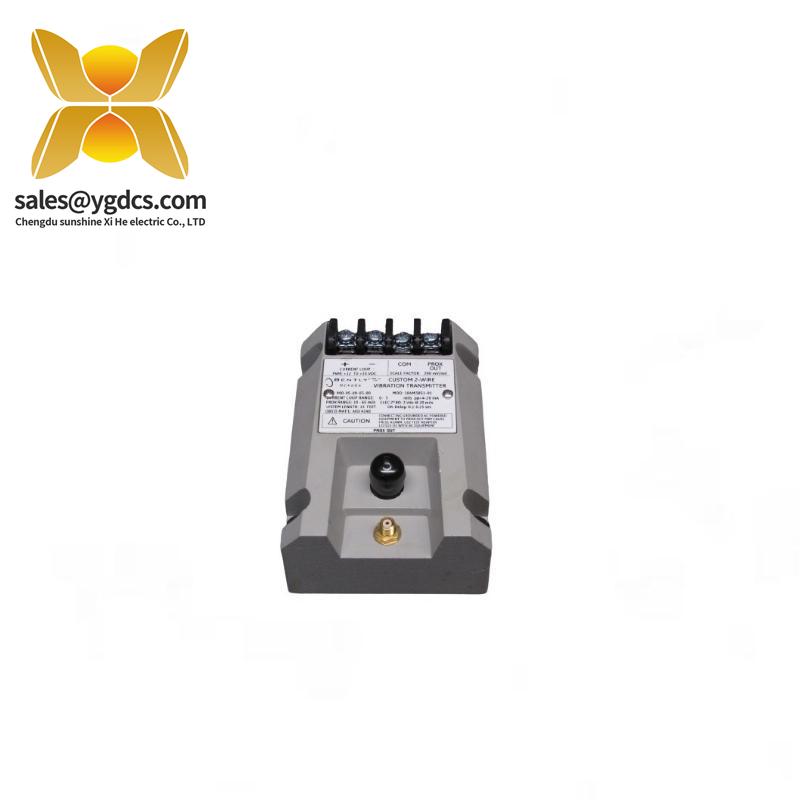Bently Nevada 990-05-XX-03-05 147202-01 Vibration Transmitter: Precision Monitoring for Industrial Control
The Bently Nevada 990-05-XX-03-05 Vibration Transmitter is a robust, high-performance solution for monitoring machinery health in industrial control environments. It accurately measures and transmits vibration data, enabling proactive maintenance and extended equipment lifespan.
Email:18005021035@163.com
Phone:+86 18005021035
Name:BeiLin
Content details
Operating Temperature Range:-40°C to +150°C
Sensing Range:0.0001 mm to 20 mm
Accuracy:+/- 5% of full scale
Power Supply Voltage:12VDC
Communication Protocol:MODBUS
Environmental Resistance:IP67
Material:Stainless Steel
Connection Type:M12 Connector
Experience unparalleled reliability with the Bently Nevada 990-05-XX-03-05 147202-01 Vibration Transmitter. Designed with cutting-edge technology, this sensor offers precise vibration measurement across a wide range of industrial applications. Its robust design ensures durability and longevity in harsh environments.
Featuring an extended operating temperature range from -40°C to +150°C, this transmitter is ideal for monitoring equipment subjected to extreme conditions. The high accuracy of ±5% of full scale guarantees dependable data collection, essential for maintaining optimal machine performance.
With its advanced communication protocol, the 990-05-XX-03-05 147202-01 transmitter seamlessly integrates with modern industrial systems, facilitating easy data transfer and analysis. The use of stainless steel material ensures corrosion resistance, making it suitable for corrosive environments.
For added convenience, the M12 connector allows for quick and secure installation without compromising on performance. This feature minimizes downtime and streamlines maintenance procedures, contributing to overall operational efficiency.
Designed for compatibility with various industrial machinery, the Bently Nevada 990-05-XX-03-05 147202-01 Vibration Transmitter is the perfect choice for predictive maintenance strategies. Regularly monitored vibrations can predict potential failures, allowing for proactive intervention and minimizing unexpected breakdowns, thus saving time and costs.




